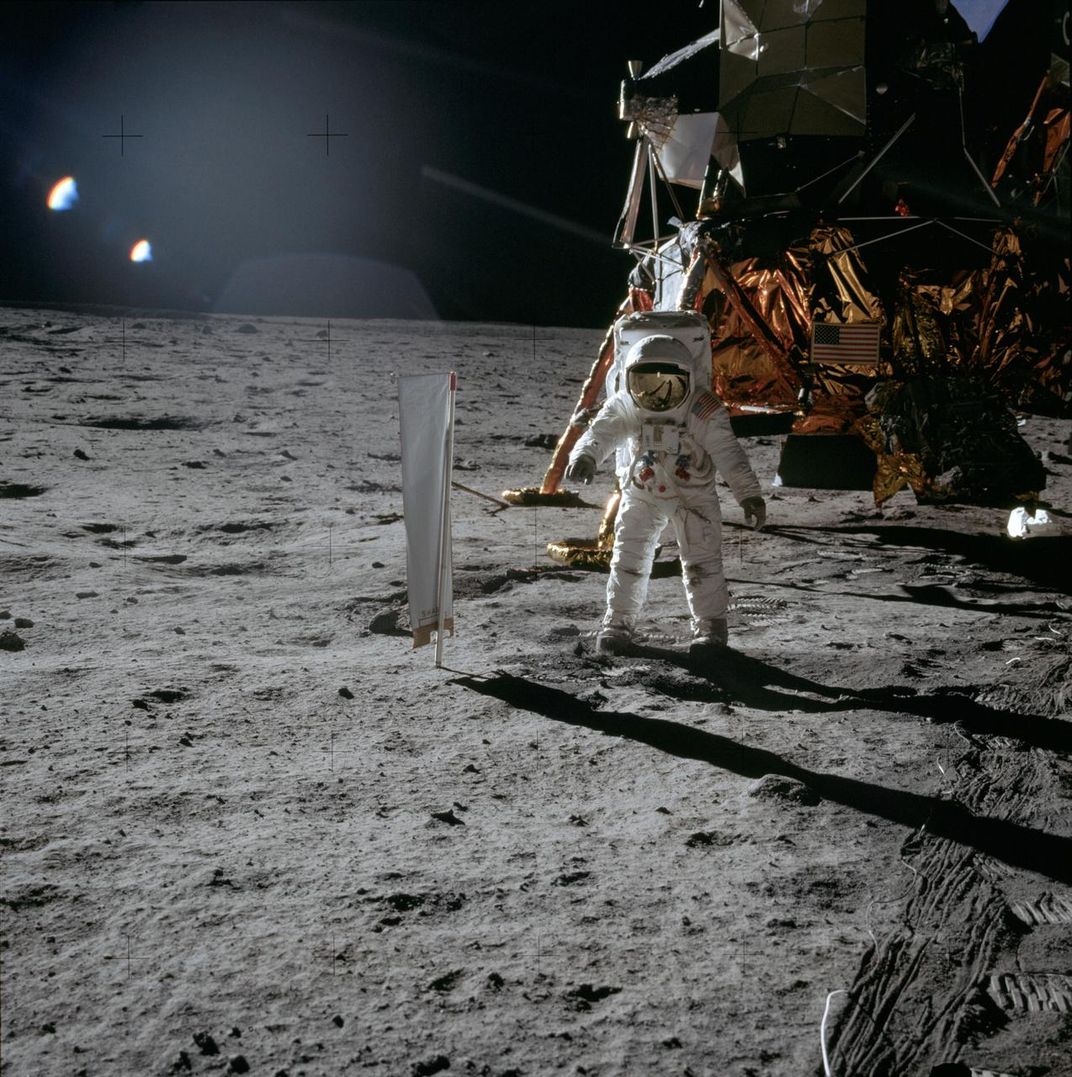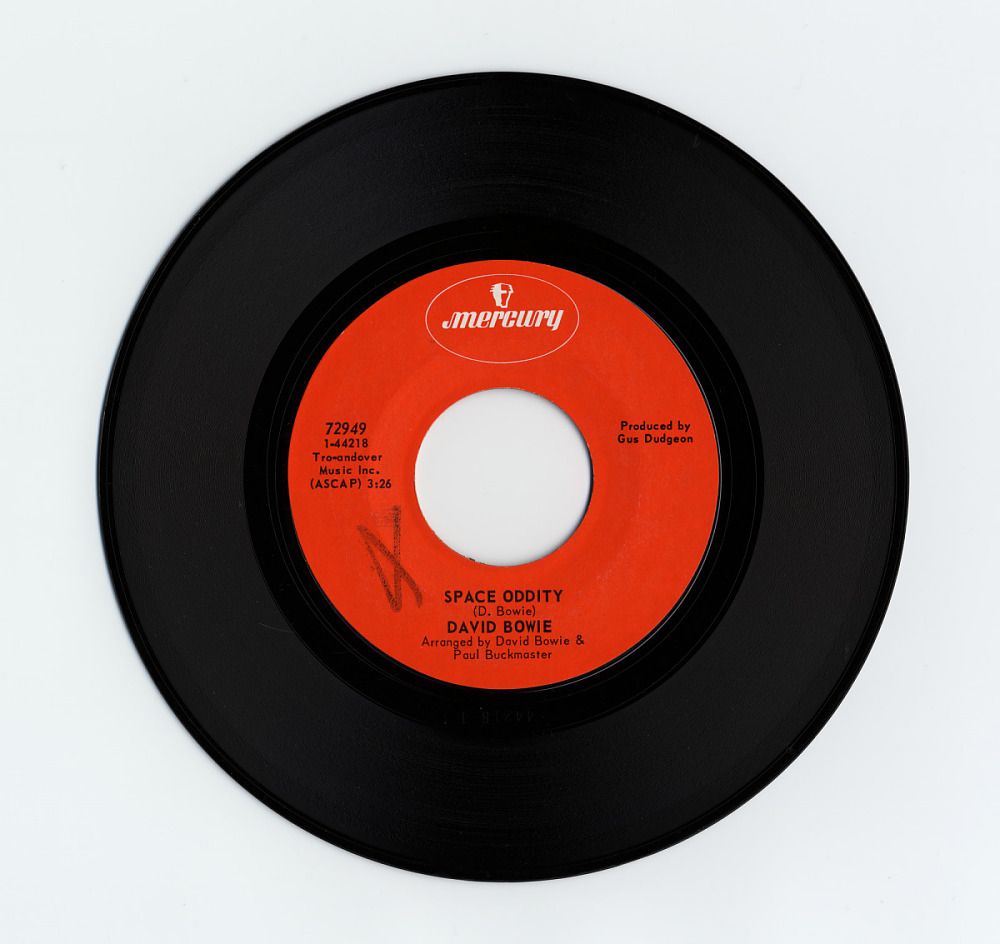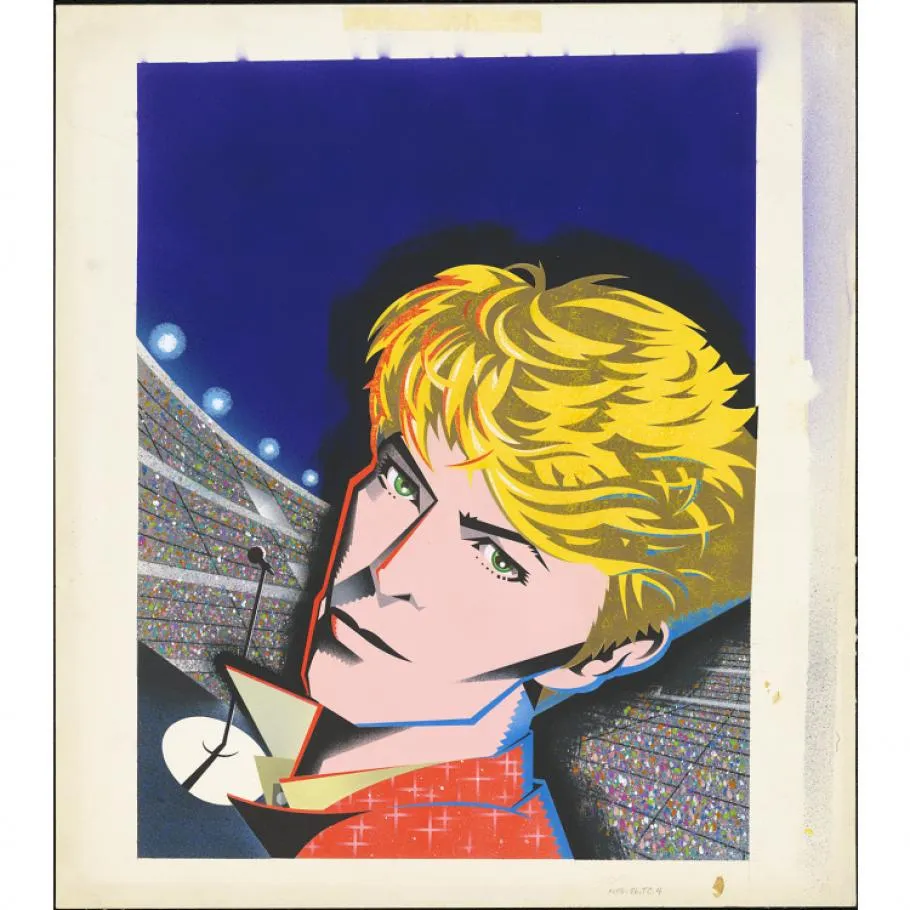Ground Control to Major Tom: How David Bowie Soundtracked the Moon Landing
On July 11, 1969 – only 5 days before Neil Armstrong, Michael Collins, and Buzz Aldrin set out on their journey to the Moon – a relatively unknown British musician named David Bowie released a single titled Space Oddity.
/https://tf-cmsv2-smithsonianmag-media.s3.amazonaws.com/filer_public/45/38/45389135-2274-4498-91cc-cd16f4cff01f/86t0008a_1_0.jpg)

A lot of the popular music from the late 1960s reflected political disillusion, a critical response to the Vietnam War, and an overwhelming sense of pessimism for the future. A strong dystopian theme can be traced in the popular culture of the time. The number one single on the U.S. charts on the day of the Apollo 11 landing was one-hit-wonder Zager and Evans’ "In the Year 2525," a song that imagines humanity at a crossroads leading to either immediate self-inflicted extinction or a technologically automated and medically sedated future that ends with the depletion of the Earth’s resources and the death of humanity – a pretty bleak forecast either way.
One of the songs we most associate with Apollo 11 is equally dark, though a bit less dystopian. On July 11, 1969 – only 5 days before Neil Armstrong, Michael Collins, and Buzz Aldrin set out on their journey to the Moon – a relatively unknown British musician named David Bowie released a single titled "Space Oddity." The timing was no coincidence. Bowie had written the song after being inspired by Stanley Kubrick’s 1968 film 2001: A Space Odyssey. In his mind, it had little to do with the American space program. But Bowie’s record label saw an opportunity to tap into the Apollo excitement and so rushed the song’s release ahead of the album for which it would be the opening track. The song caught the attention of the BBC, who approached Bowie about using the song during their coverage of the landing.

Musically, the song was a perfect fit for televised viewing of a crewed spacecraft landing on another world for the first time. The song is folky, played mainly on acoustic guitar, but it also includes some space-age instrumentation. Bowie used a stylus-operated keyboard called a Stylophone, and a sampling keyboard called a Mellotron to give the song its spacey sound.
Thematically, though, Bowie worried that the song’s narrative about an astronaut lost in space would provide too dark of a soundtrack for the humans actually putting their lives at risk for this technological first. He explained in an interview years later, “It wasn’t a pleasant thing to juxtapose against a moon landing.” Still, despite some hesitation, Bowie agreed to let the BBC use it, and they did. After broadcasting the song with the landing on July 20, BBC radio didn’t play it again until after the Apollo 11 crew had returned safely to Earth.

"Space Oddity" topped the British charts that summer but didn’t immediately find an audience when released in the U.S. Today, however, it’s hard to imagine human spaceflight without evoking the image of the song’s protagonist, Major Tom.
